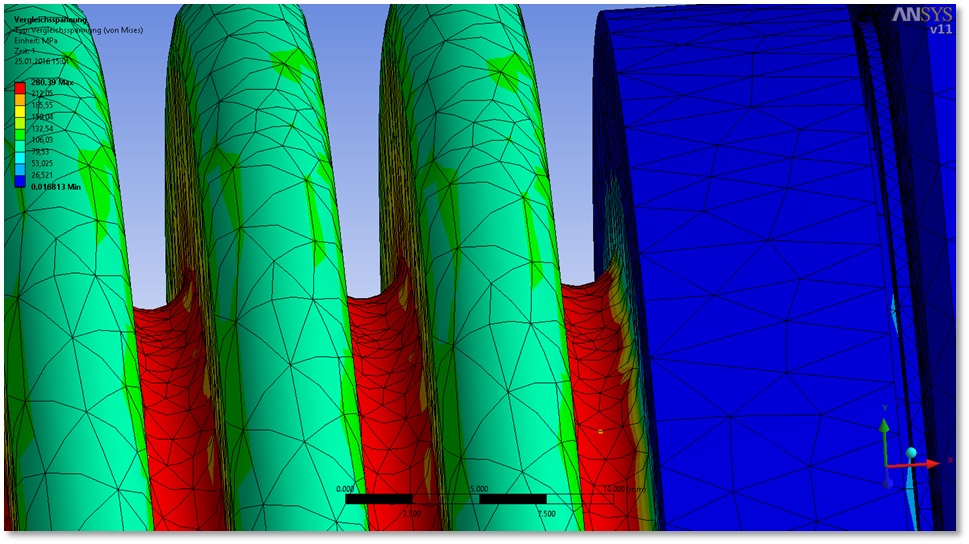Mike Parzych, Product Marketing Manager at GAM gave us the 3 most common installation mistakes he encounters.
Tighten Up
The most common mistake we have seen is when our customers do not tighten the clamping bolts to the recommended torque values. Rather than using a torque wrench, they estimate when the correct torque has been reached. In some cases they do not tighten the clamping bolt enough and the coupling slips. On the other end of the spectrum, they over tighten the clamping bolt which can damage the bolt or even cause hub fracture.
Clean up your act
Another common mistake we see is when customers do not check to make sure the shafts and bores are cleaned and free from oil to prevent premature slippage.
The Force is not with you
The last mistake we see is often due to difficult assembly conditions (confined space) or tight shaft/hub tolerances, customers force the coupling onto the shaft which compresses the bellows and can damage the coupling. To account for these scenarios, many couplings have the EASY clamp system which opens up the bore slightly to allow for easy installation without damage to the coupling or mating shafts.
Sight out of mind
One of the worst coupling installations I’ve seen was for an application where the parallel misalignment between shafts was actually visible. Normally it takes a precision gauge to measure the misalignment as we are generally talking distances of 0.3mm (0.0118”). So being able to visually observe the misalignment gave us a clear diagnosis.
GAM
www.gamweb.com
